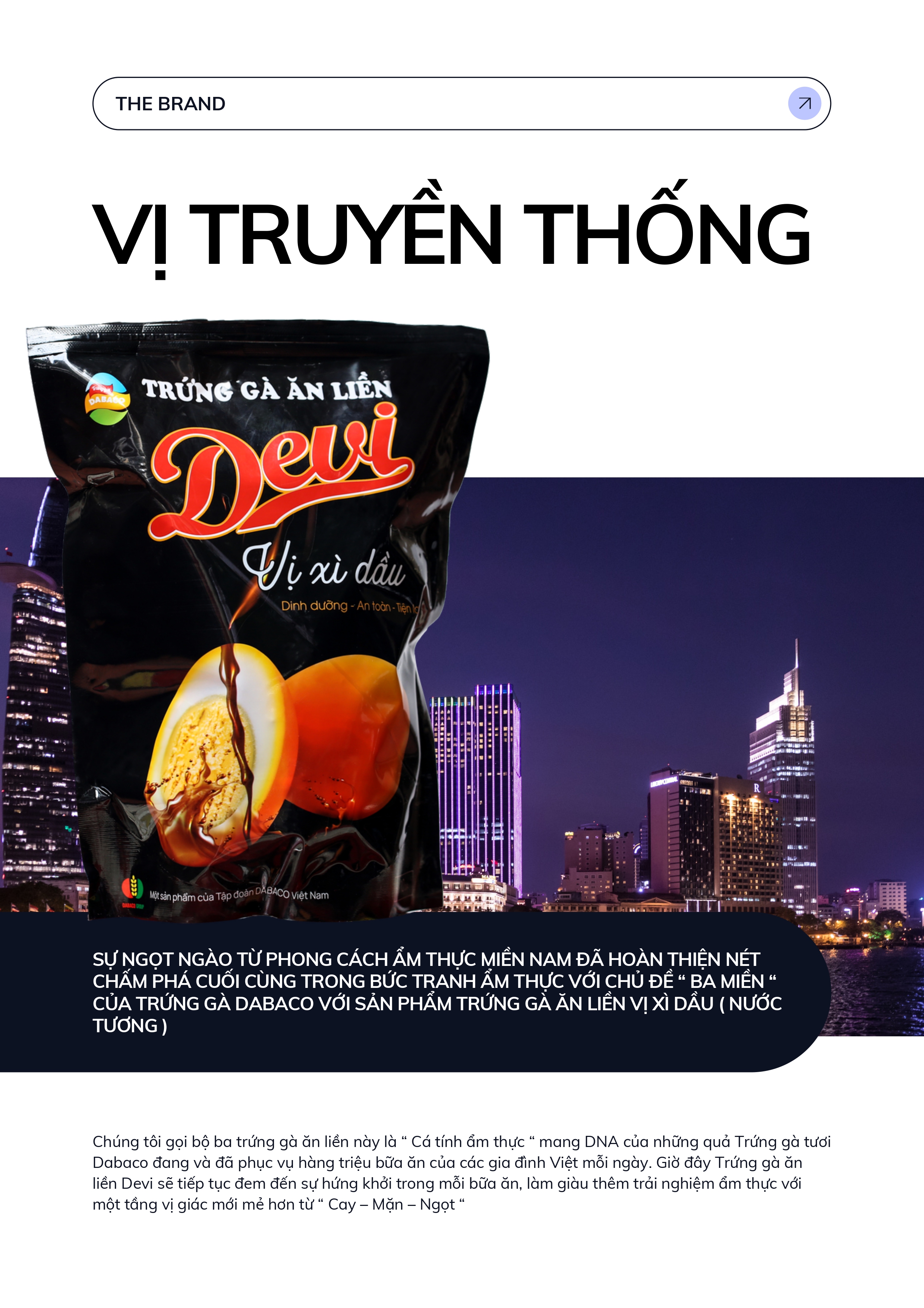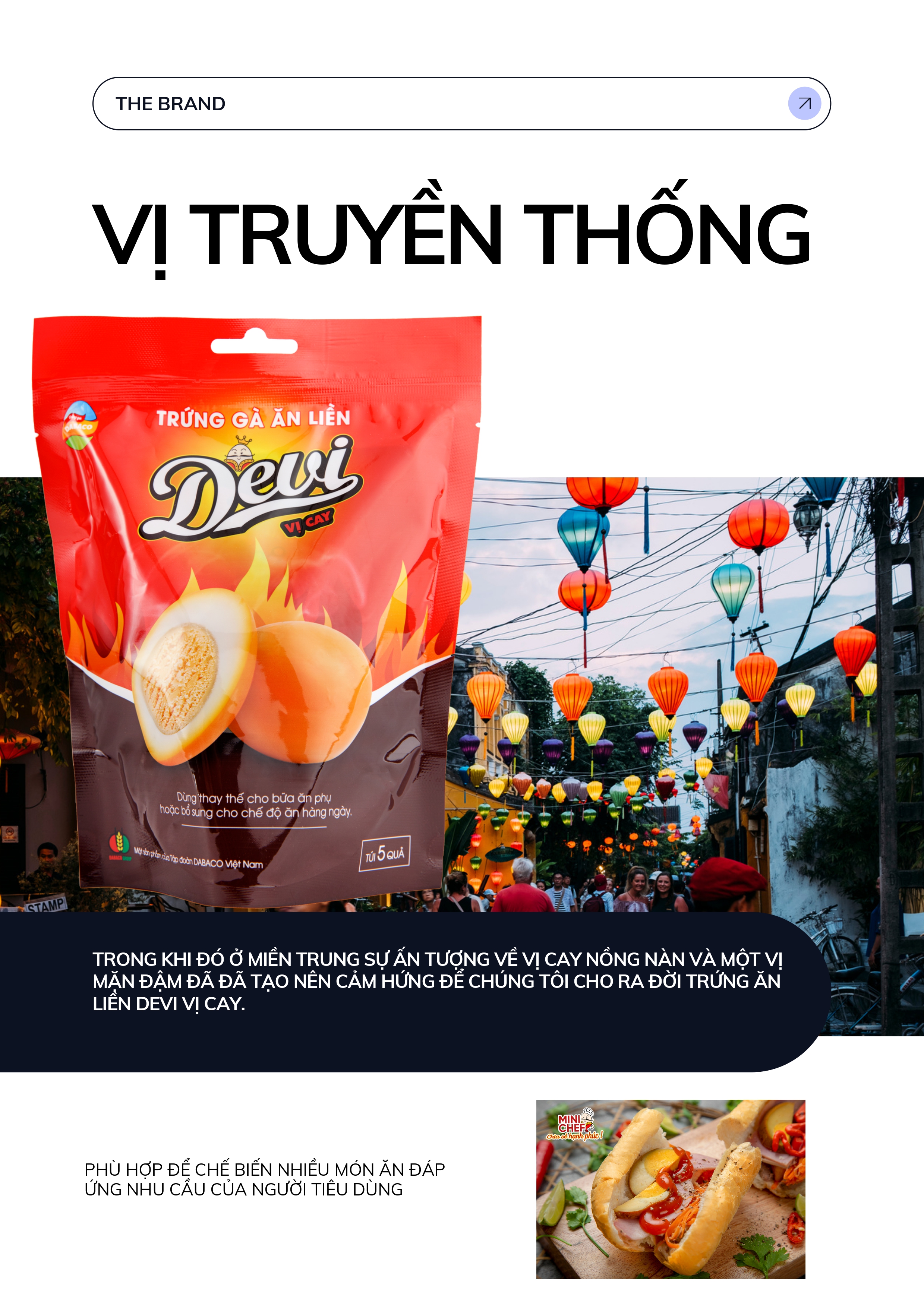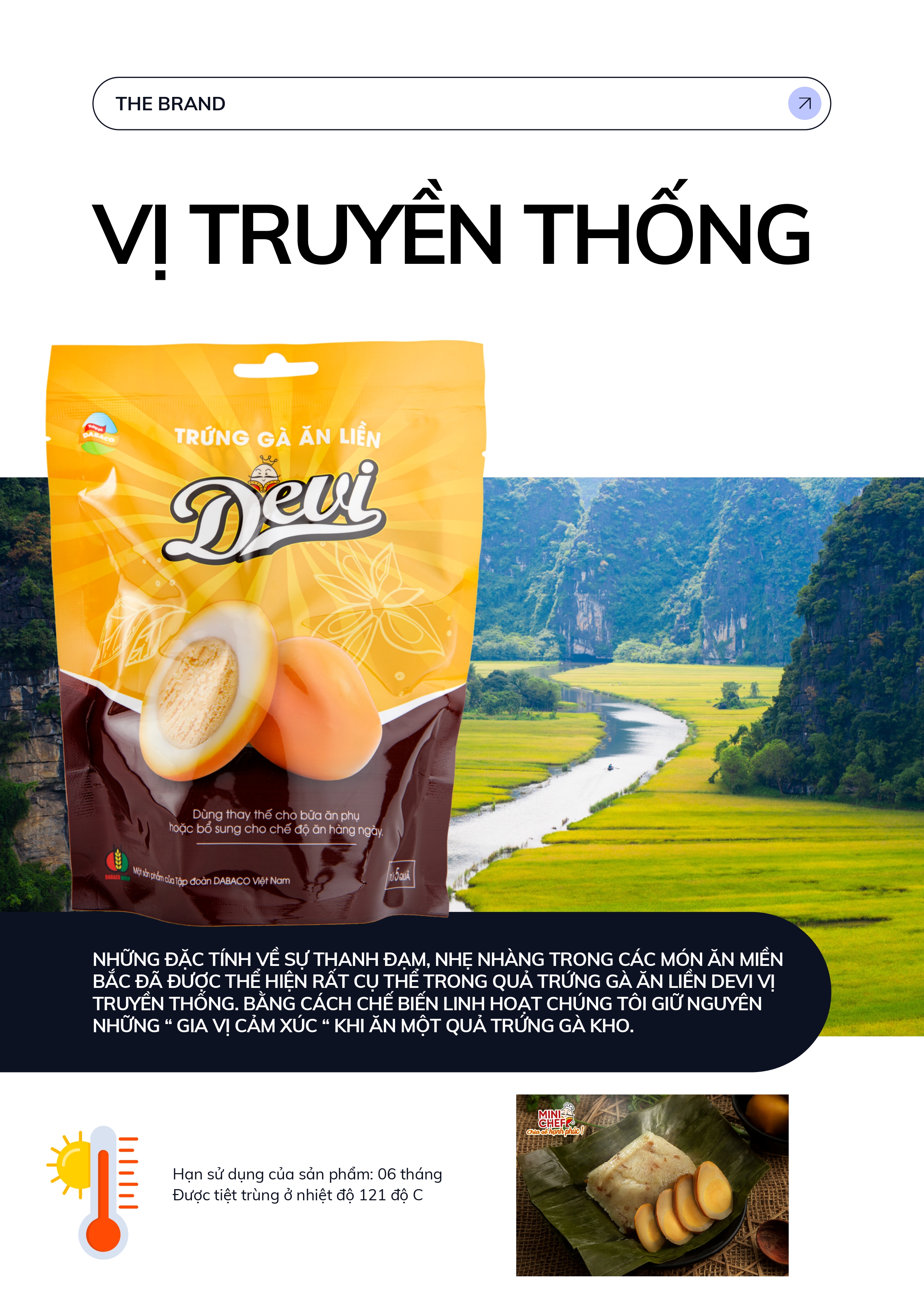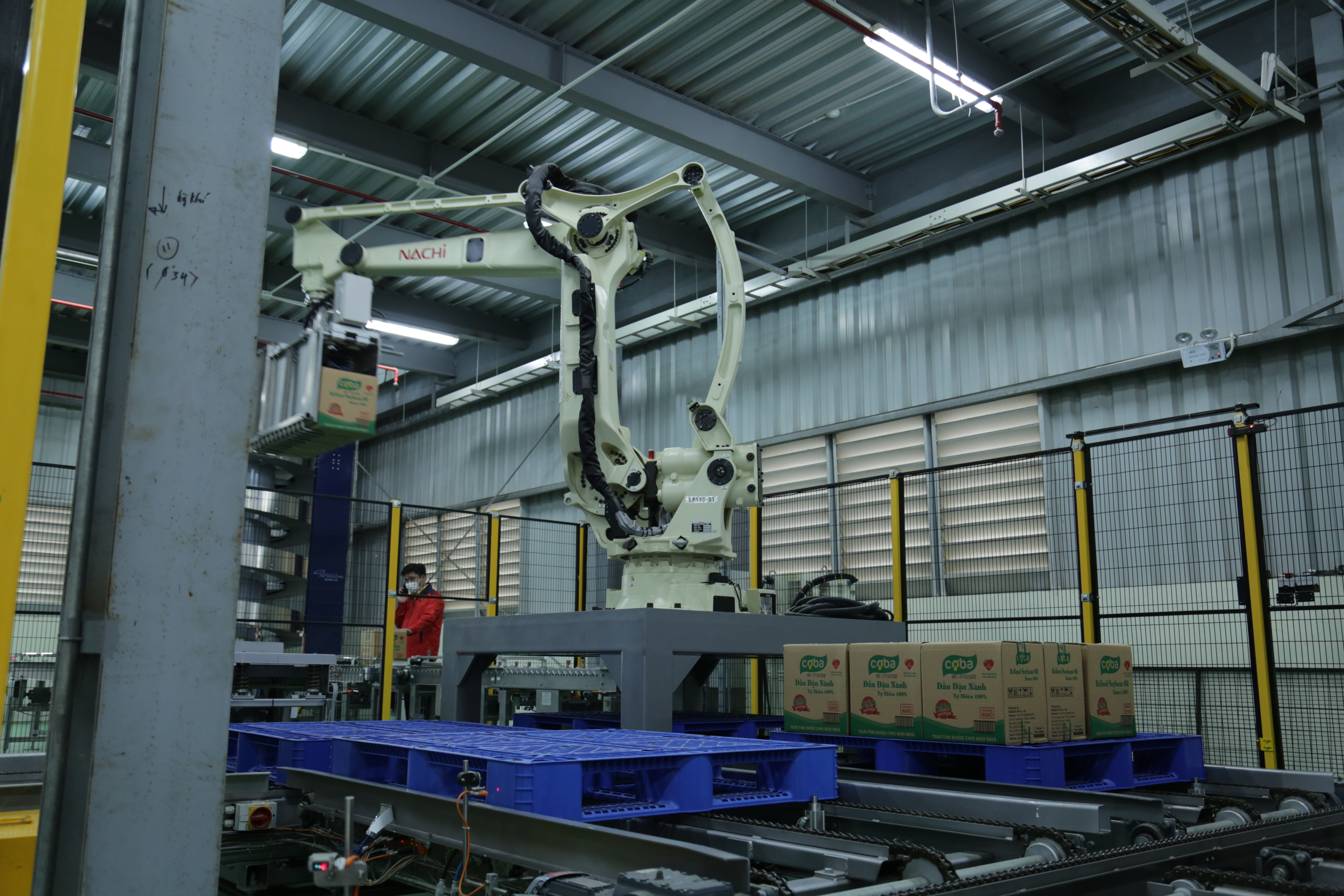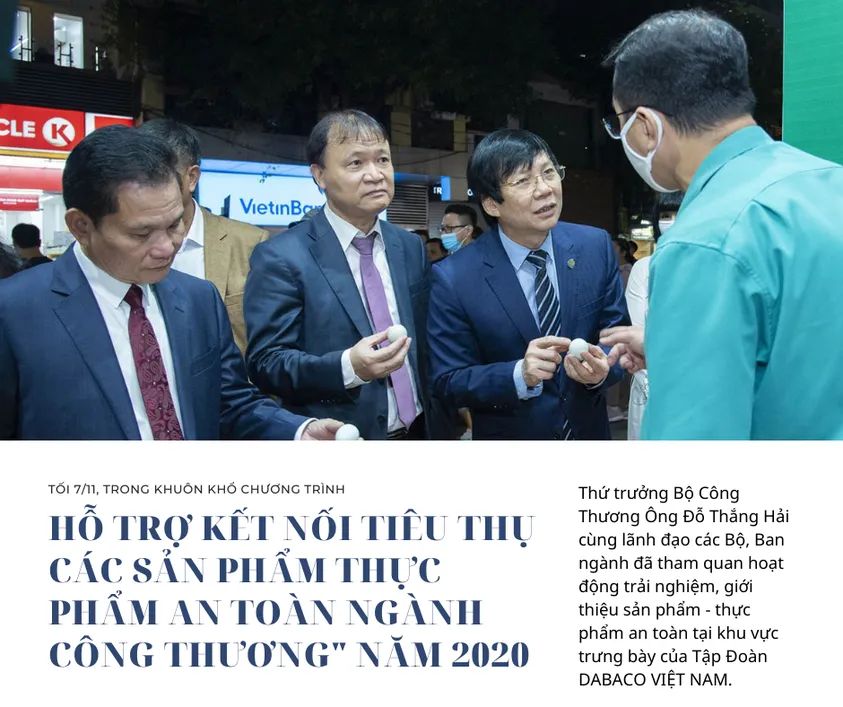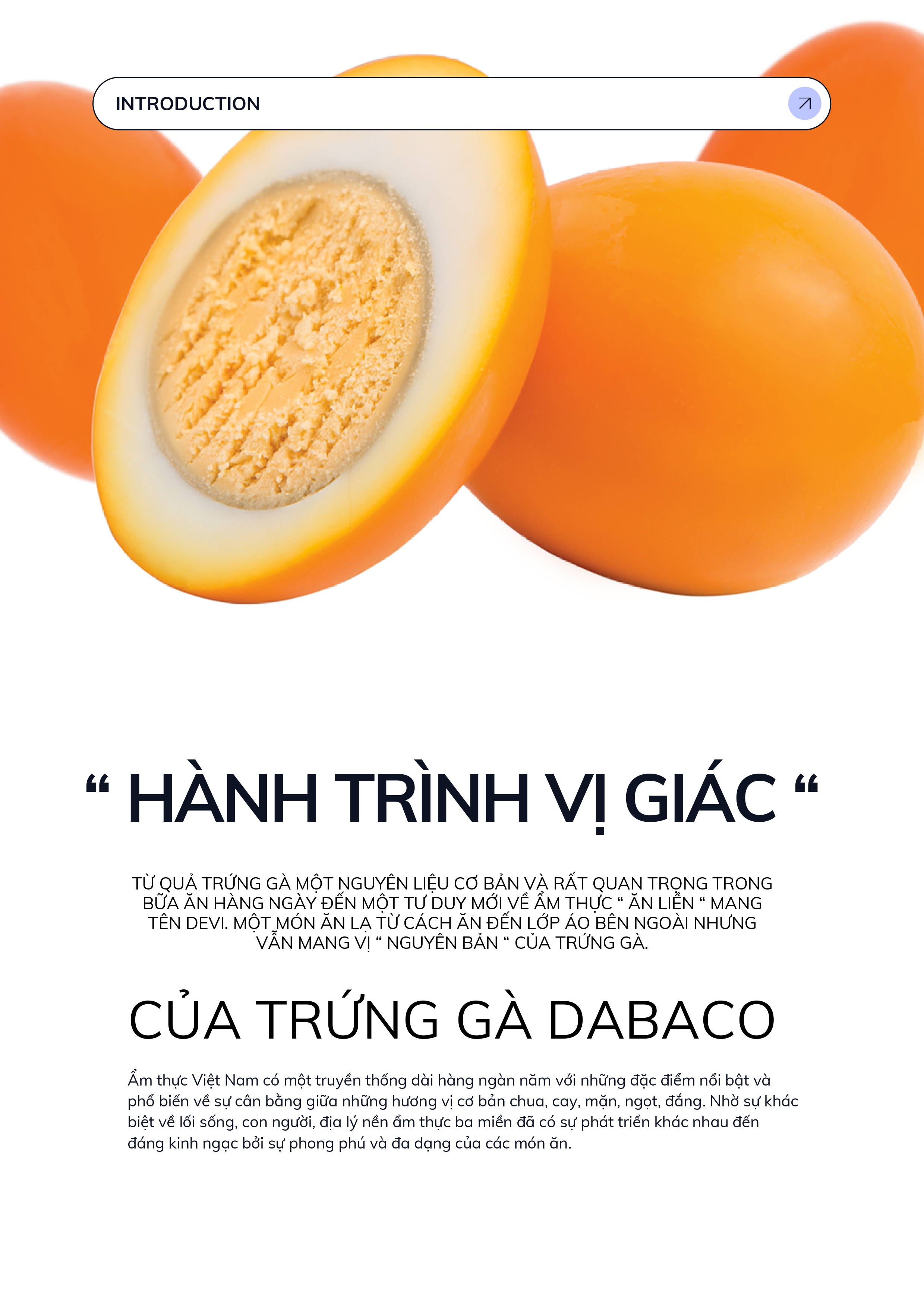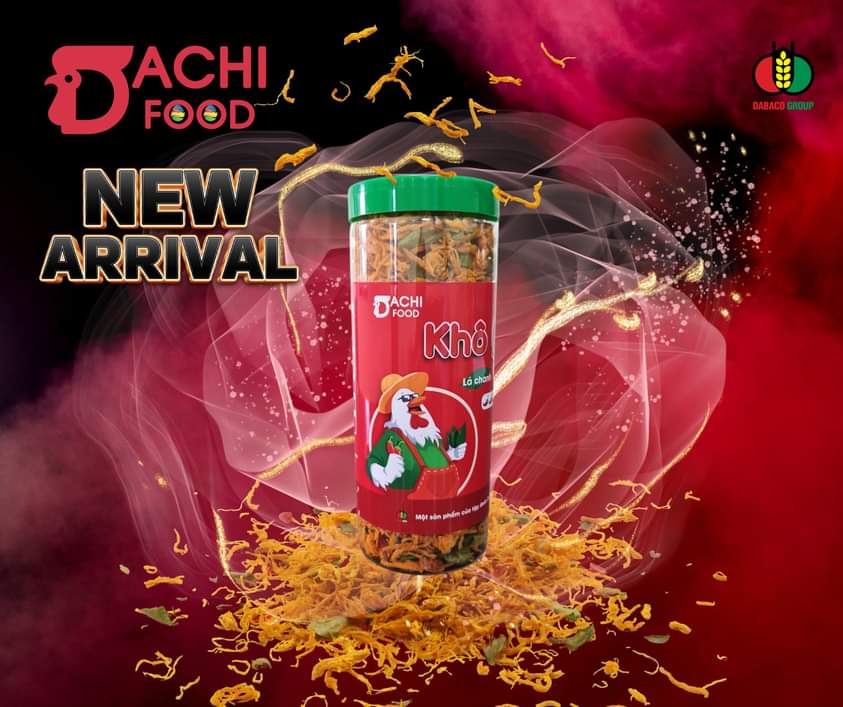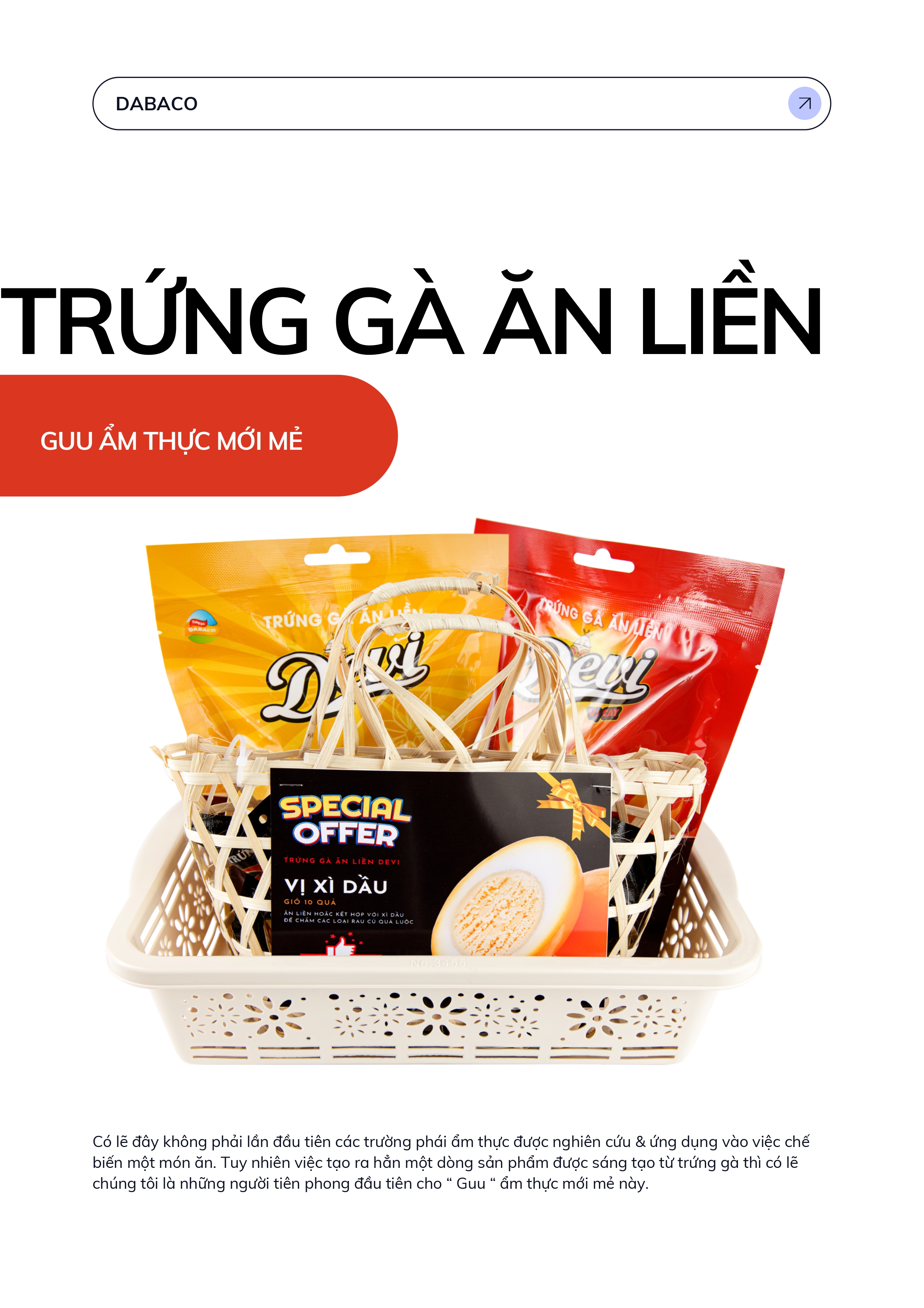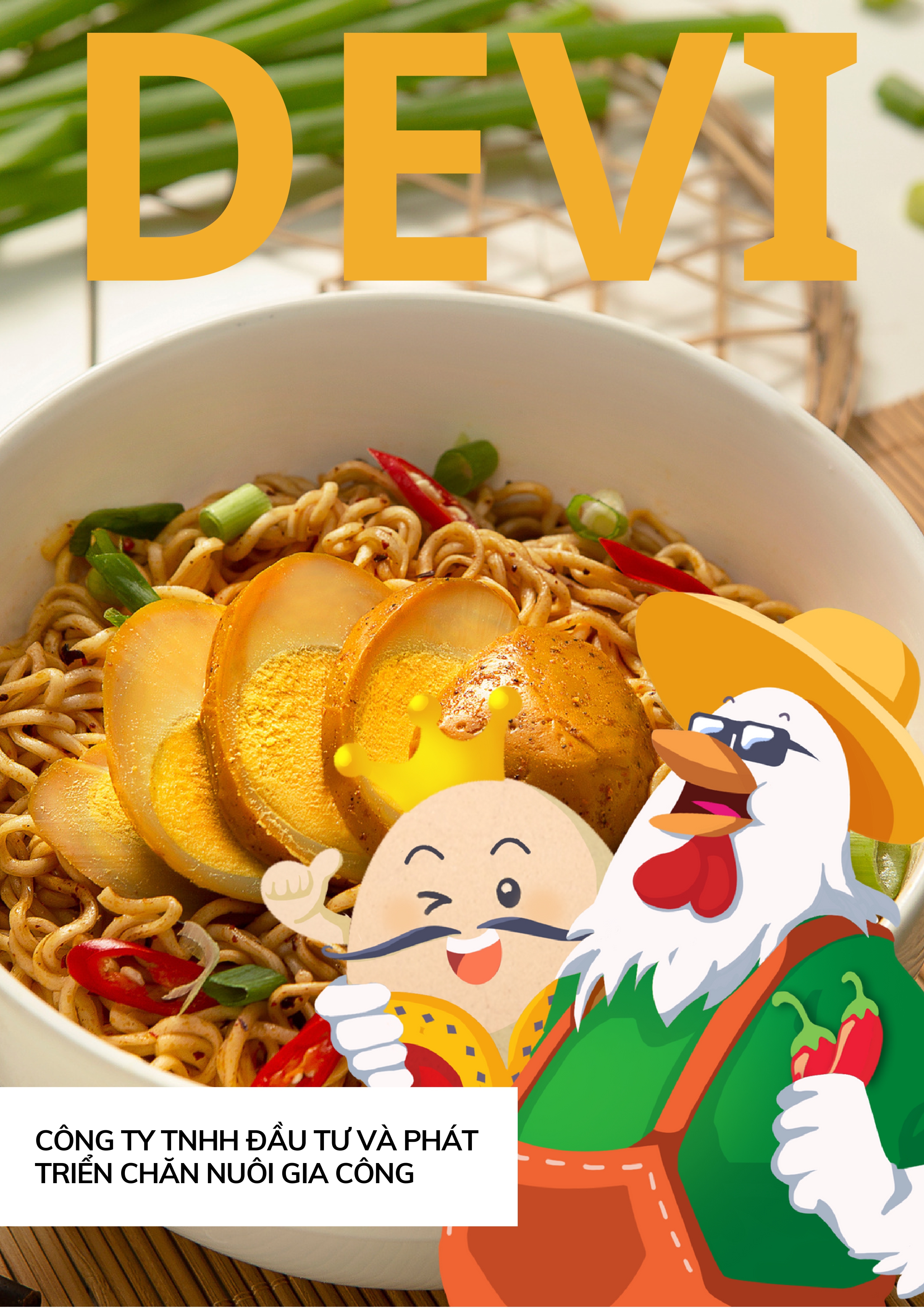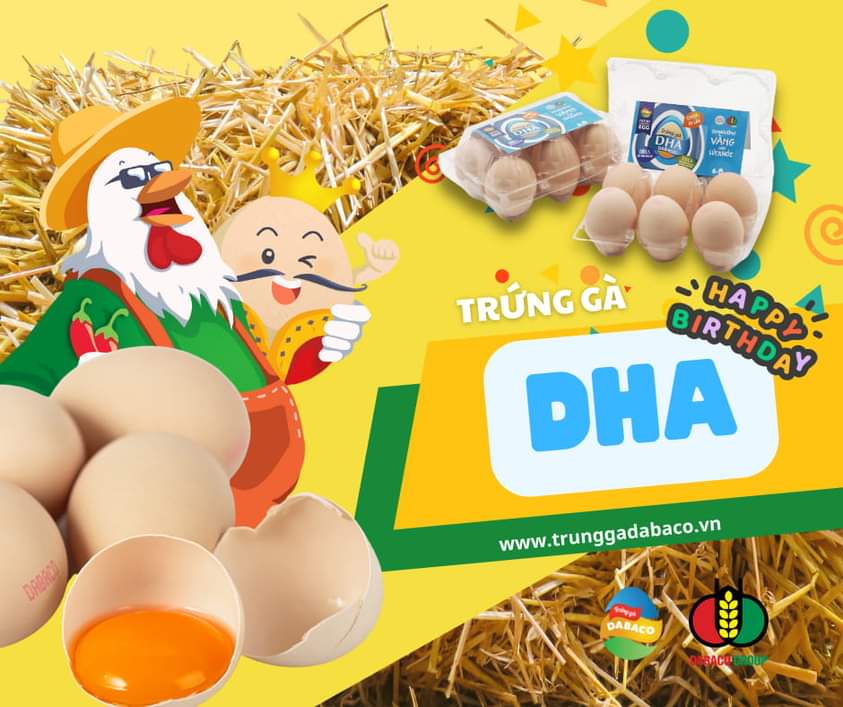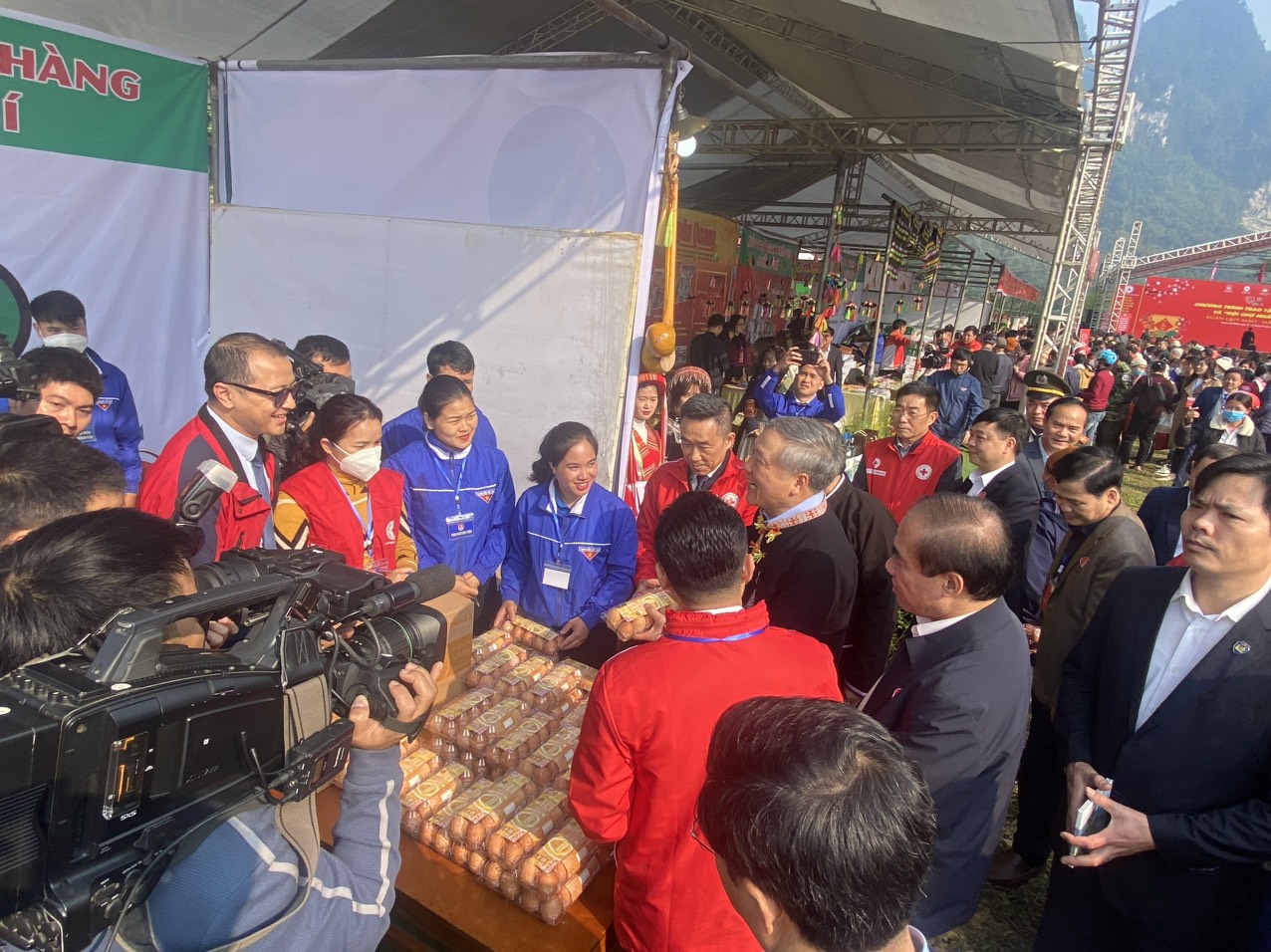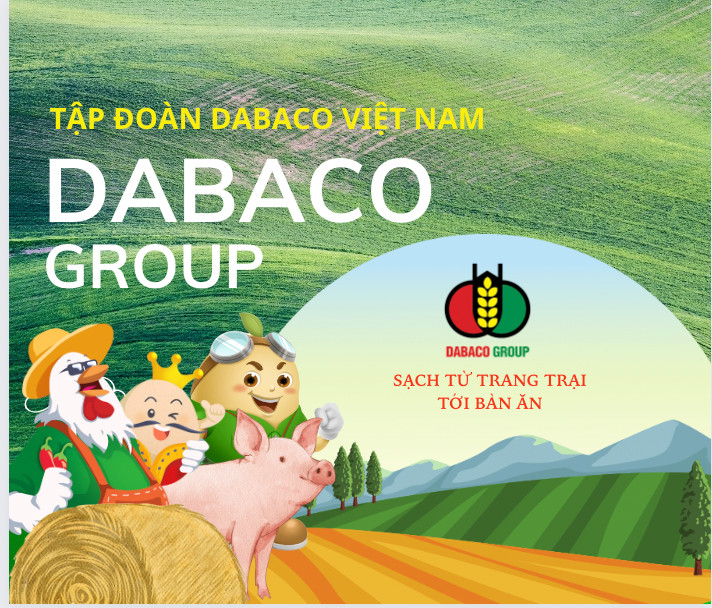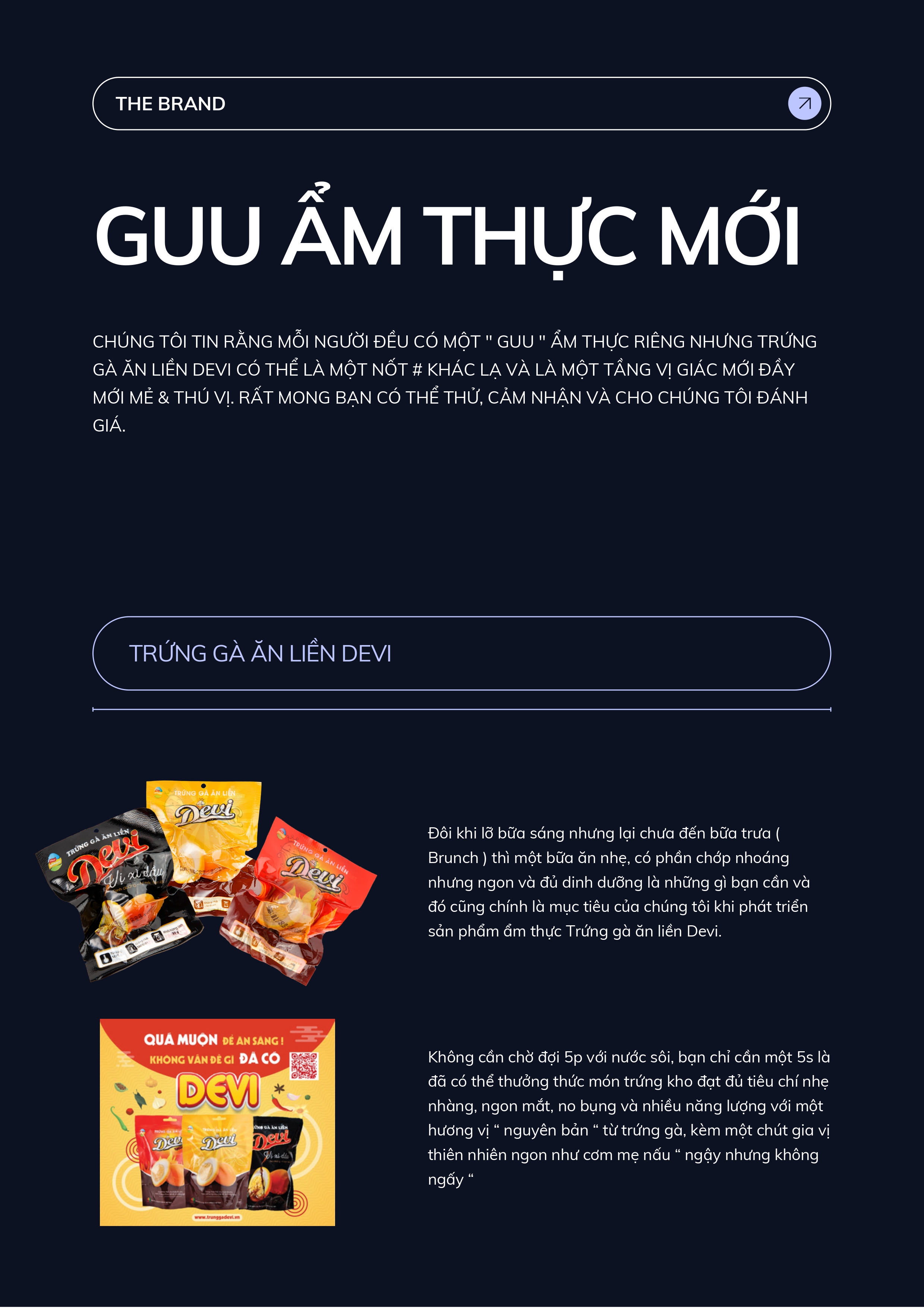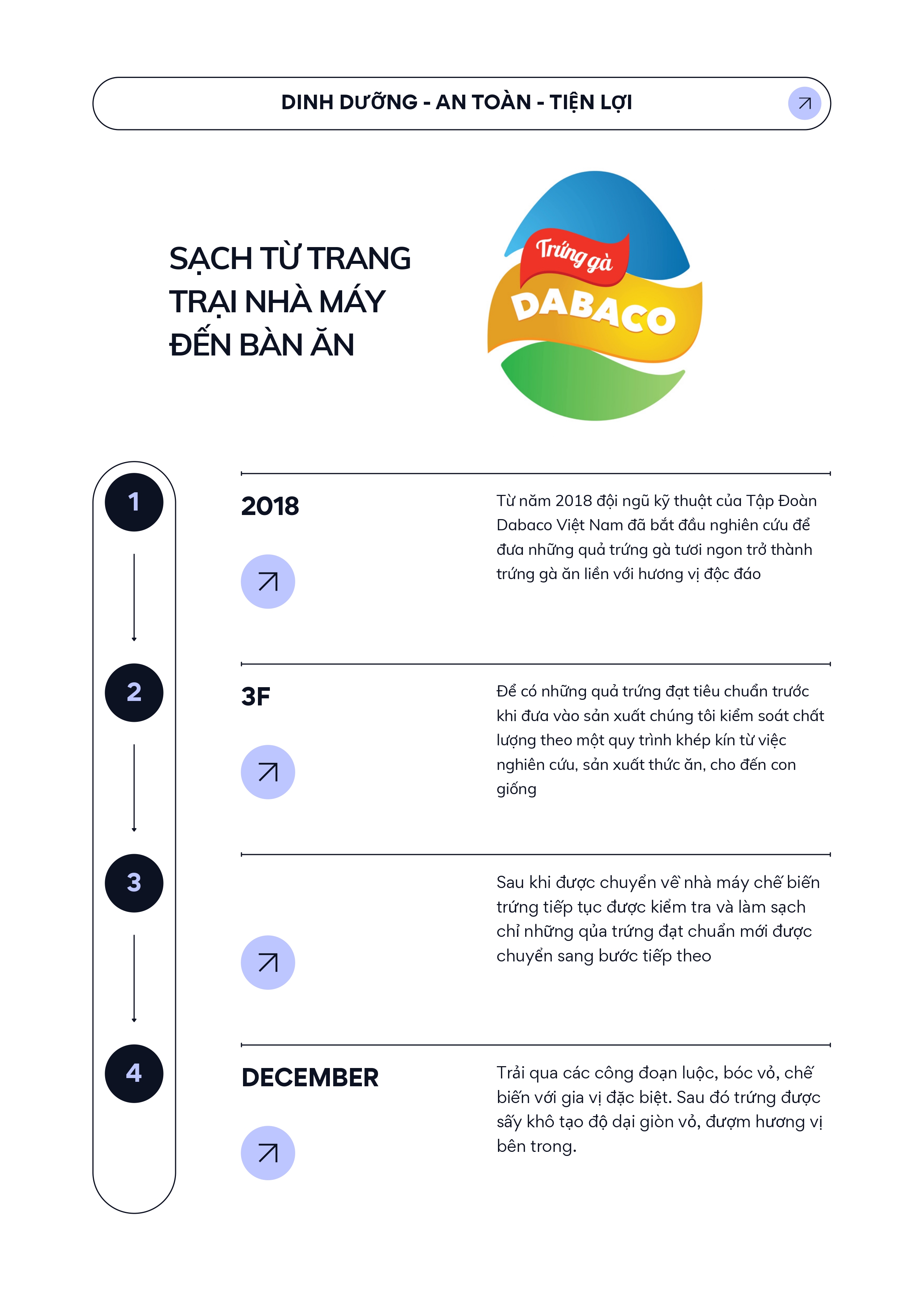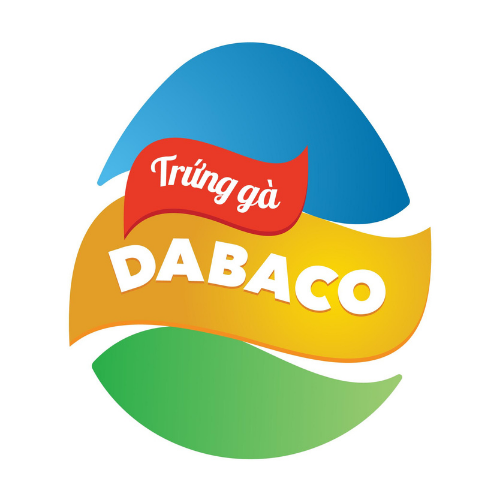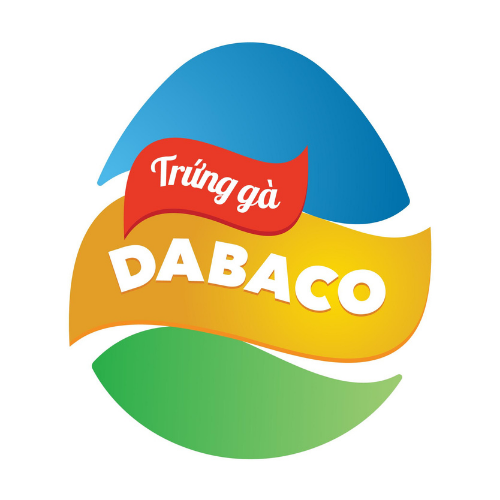Part 1
Starting background of the project/
initiative
From a state-owned enterprise with a capital of only 657 million VND, 30 employees, and an annual revenue of 40 million VND in 1996, Dabaco Vietnam Corporation officially underwent equitization in 2005 with a charter capital of 70 billion VND. This success can be attributed to the strategic vision of Chairman Nguyen Nhu So and the leadership team of the corporation, along with the determination and efforts of its employees.
In 2006, when Vietnam officially joined the World Trade Organization (WTO), Dabaco Vietnam Corporation was in its early years of equitization with a scale and stature that were only average compared to many domestic companies at the same time.
The country's opening up and integration led to a wave of FDI livestock enterprises entering the Vietnamese market to invest and take advantage of land and cheap labor, affecting Dabaco, a company located in the then-youngest province of Bắc Ninh. Concurrently, the livestock market was regulated and developed towards industrialization by the state.
While other enterprises were grappling with market issues, market share, and products, Dabaco had meticulous preparations and held many competitive advantages. Instead of engaging in small-scale livestock farming, from its early days in the market, Dabaco identified the goal of building a closed 3F (Feed – Farm – Food) supply chain. This served as the foundation for establishing a strong position in the market as well as sustainable development in the future.
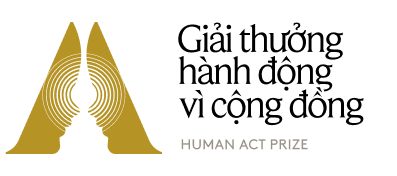





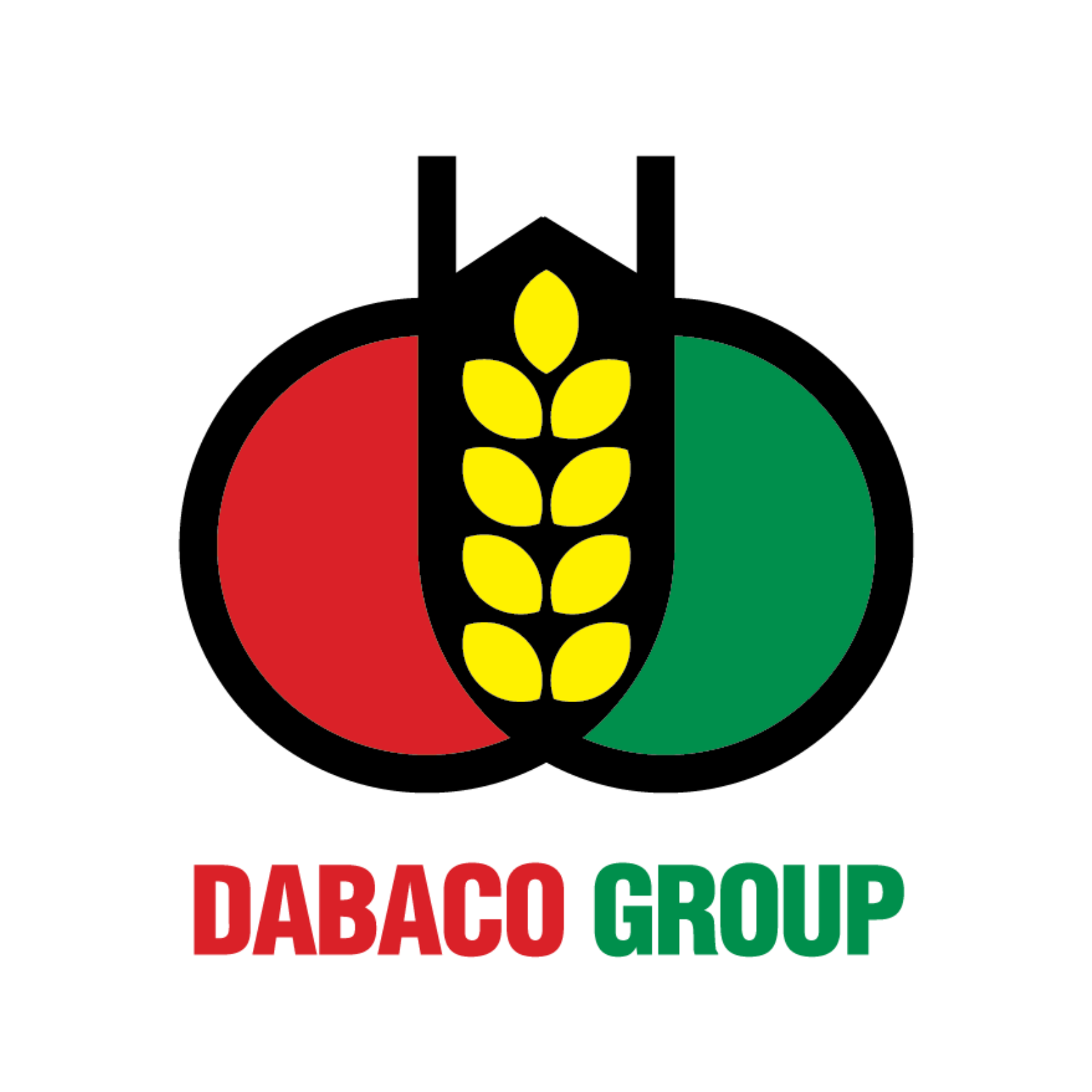 INVESTMENT AND DEVELOPMENT BREED PROCESSING COMPANY LIMITED
INVESTMENT AND DEVELOPMENT BREED PROCESSING COMPANY LIMITED 





